A handful of families first settled in Lake Eunice Township around 1870. The following year, a dozen more showed up to find work in the logging, agriculture, and fishing industries that sprang up along the Pelican River. The Buck brothers, William and Simon, built a sawmill along the Pelican River that became a small community center that included a general store and granary.
Bucks Sawmill & Dam
William and Simon Buck built a sawmill and wooden dam on the Pelican River in 1871. A wooden undershot mill wheel powered the mill. They began sawing lumber for most of the new settlements in the rapidly-growing area. The mill employed several men local to the community that became known as Bucks Mill. Lumber that wasn’t used by nearby settlers would be sent to Detroit Lakes and then on to Fargo, Duluth, or Minneapolis on the railroad.
A storm in 1874, and another in 1878, washed out the wooden dams built by the Bucks. The brothers decided they were done sawing lumber and built a feed mill downriver. A local man purchased the mill from the Bucks. He made several improvements, including replacing the wooden water wheel with a metal turbine. He operated the mill for nearly a decade before selling it to another man who could only keep it running for another year. Larger mills had opened up closer to the railroad, forcing many smaller mills out of business.
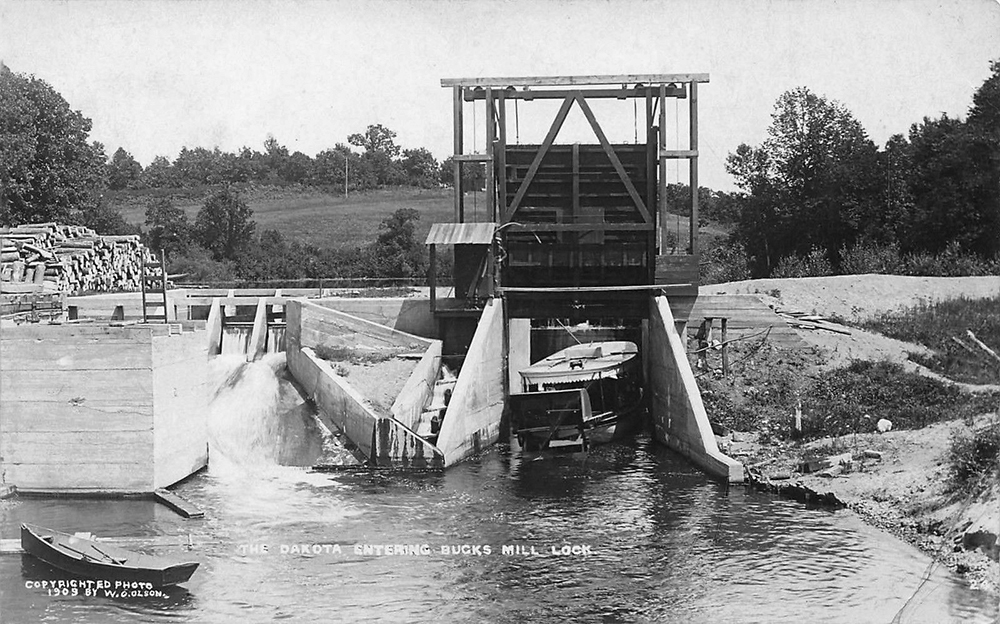
Tourism Comes To Bucks Mill
Two decades after Lake Eunice Township was settled, tourism became one of the most prominent industries in the area thanks to the Pelican Valley Navigation Company. Steamboats filled with tourists would leave Detroit Lake, pass through a wide marsh, and across Lake Sallie where tourists could stay in the new resort town of Shoreham.
The line was extended in 1891 past Shoreham on the Pelican River, crossing Lake Melissa, and back onto the Pelican River again before ending at Bucks Mill Dam. The steamer would turn around in the large mill pond above the dam and head back upstream to Shoreham or Detroit Lakes. Sensing that tourists were underwhelmed with the quick, albeit beautiful, ride to Bucks Mill and back, Pelican Valley Navigation Company decided to extend the line even further. Their goal was to get tourists to Pelican Lake. (Here’s a good map of the route)
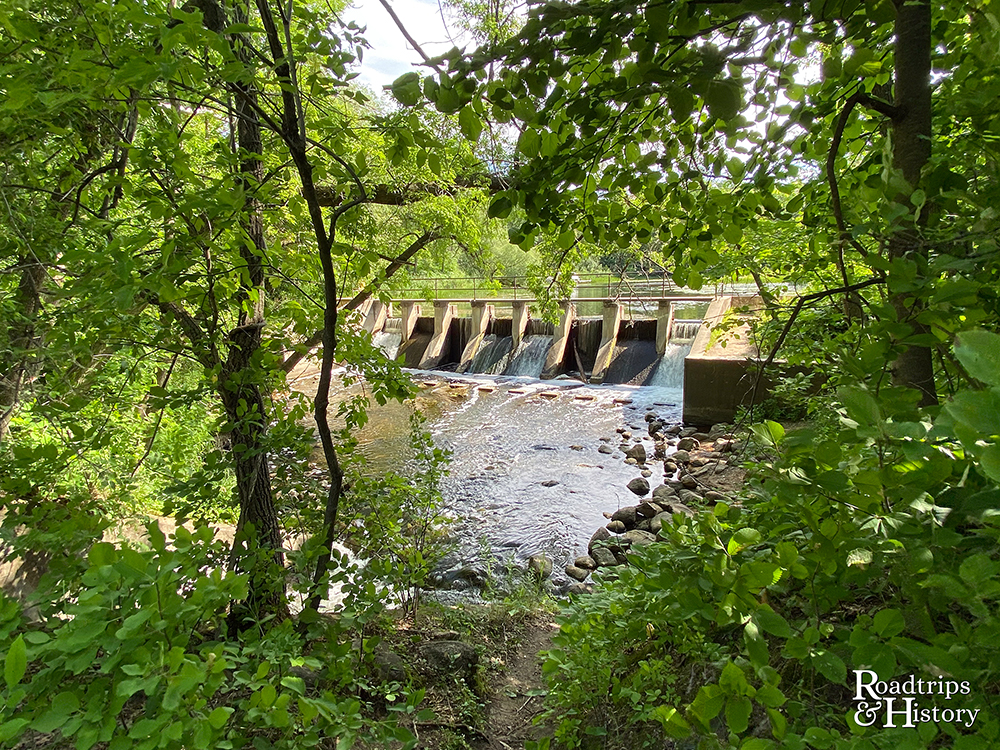
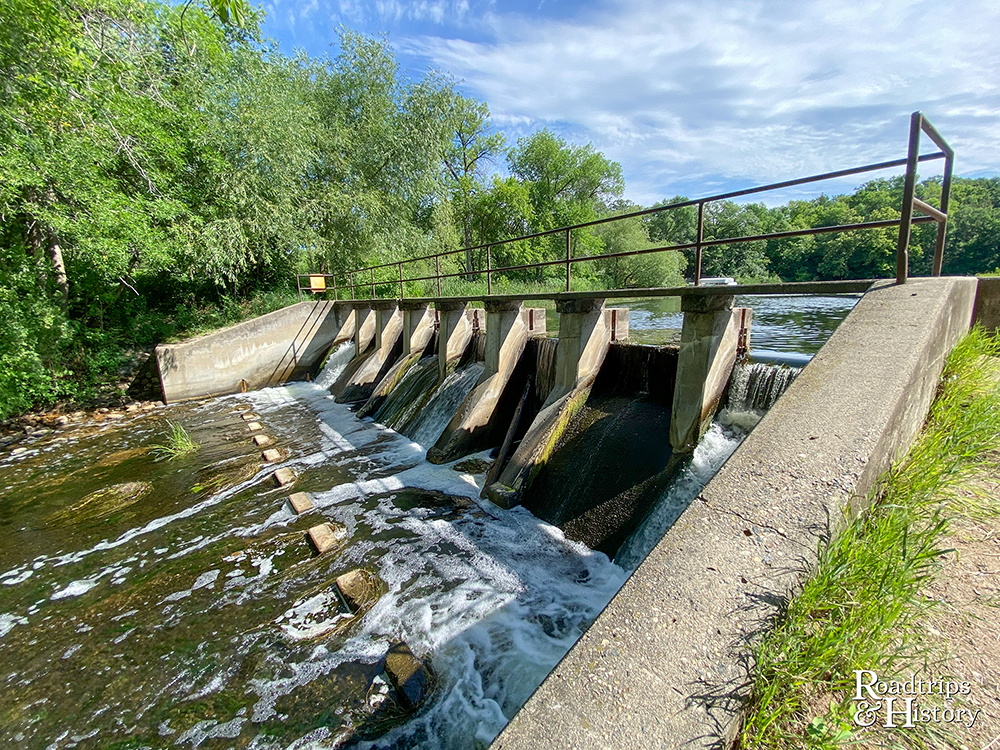
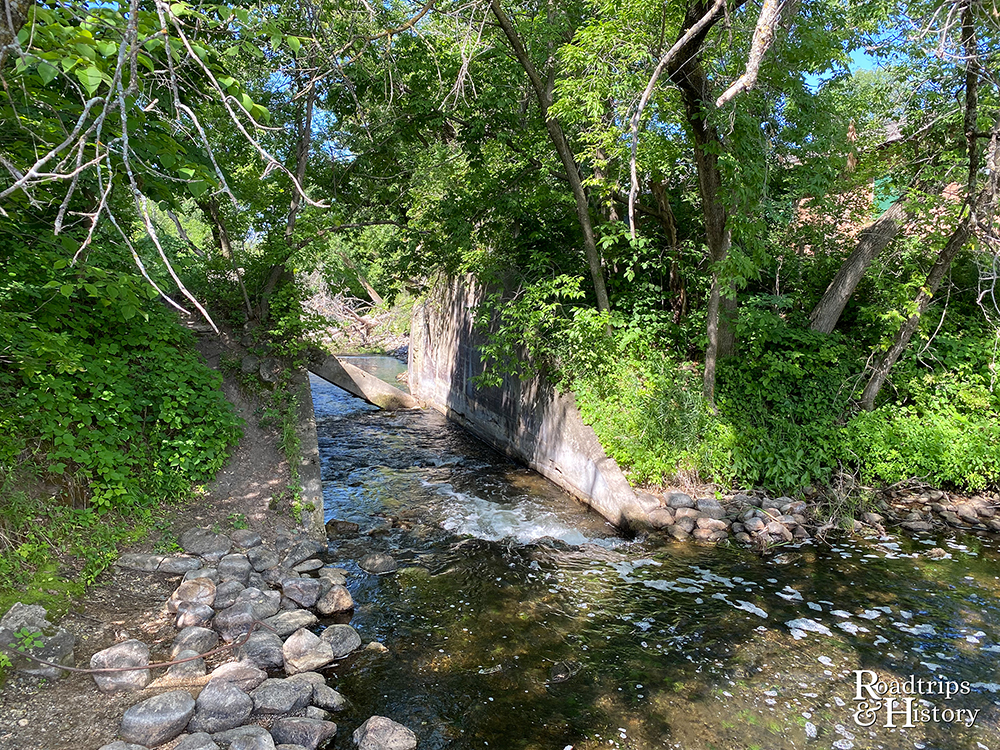
Out With The Old, In With The New
The old dam at Bucks Mill washed out again in 1905. This time, James West constructed a three-spillway concrete dam to replace it. He also built a new building using concrete blocks to act as a factory for wood products. He began buying timber and produced barrel staves, sled runners, and wooden handles.
A lock was built alongside the concrete dam at Bucks Mill in 1908 to extend the steamboat line to Pelican Lake. Tourists could now prolong their trip to stay at the Pelican Inn on the southwest shore of Pelican Lake. The lock also made it possible for freight to move from communities along the line.
West’s woodworking business closed at the beginning of World War I, leaving the factory vacant for several years. Tourism in the area was still booming, but tourists increasingly arrived in the region by automobile, reducing the number of steamboat passengers. The Pelican Valley Navigation Company went out of business in 1918. The lock and dam increasingly became a nuisance for the community. So after the war, the community cleaned up the area around the abandoned factory and asked West to demolish the dam to aid farmers downstream. He reluctantly complied by blasting the dam, sending debris downstream for the farmers to clean up. The doors to the lock were also removed to allow the river to run through. The concrete ruins of the old lock can still be seen.
The destruction of Bucks Dam led to fluctuating water levels on the resort-laden lakes along the old steamboat route. Cities that depended on tourism petitioned the government to install a new dam at Bucks Mill to control lake levels. So in 1936, a new eight-spillway dam was built by the Works Progress Administration (WPA). The new dam was constructed about 100-feet upstream from West’s concrete dam and lock. During construction, workers found timbers from the original dam built by the Buck brothers in 1871.
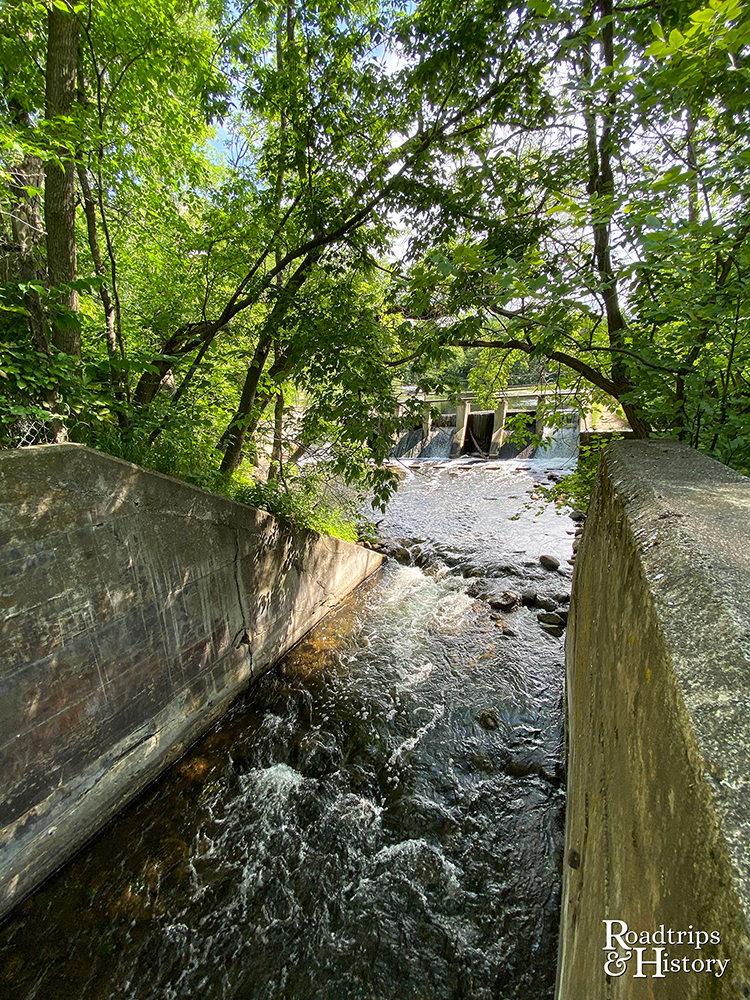
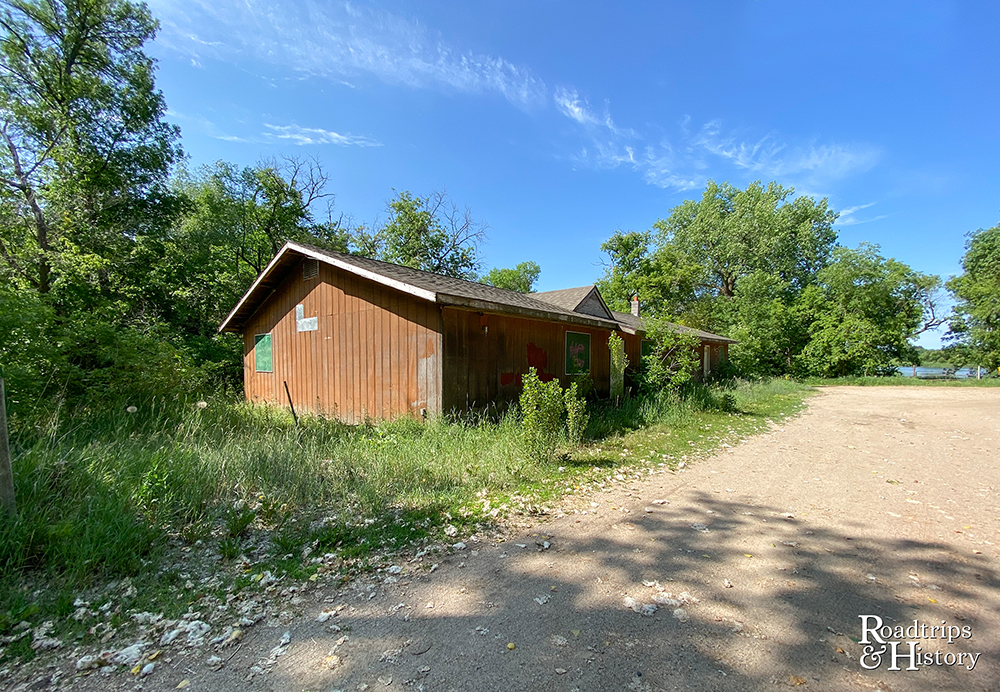
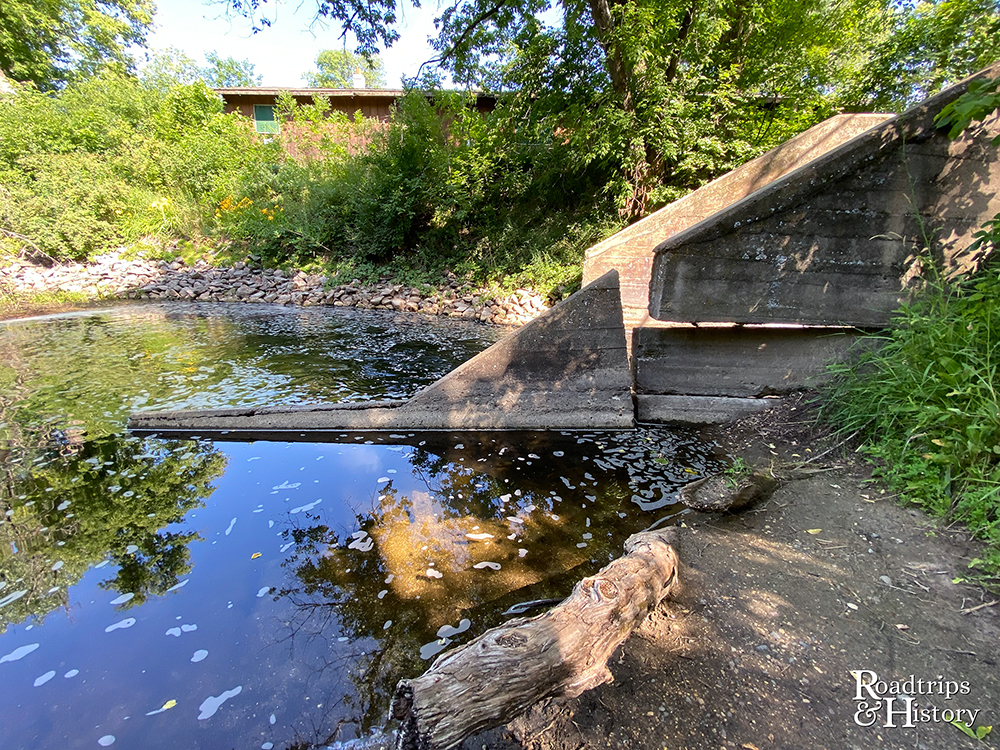
The Future Of Bucks Mill Dam
A recent push to restore the Pelican River to its natural state leaves the dam’s fate up in the air. As of 2021, The Minnesota DNR is awaiting funding and engineering proposals to remove the dam. This process is expected to take three years. Once plans are approved and funded, removing the dam and old lock ruins could take another year. The DNR says it plans to add signs at the site that tell the story of Bucks Mill, the dams and lock, and the Pelican Valley Navigation Company.
It’s unclear if the DNR plans to keep the old building that remains on the site. It is either related to West’s woodworking factory or a fish hatchery that was located here in the 1950s.
